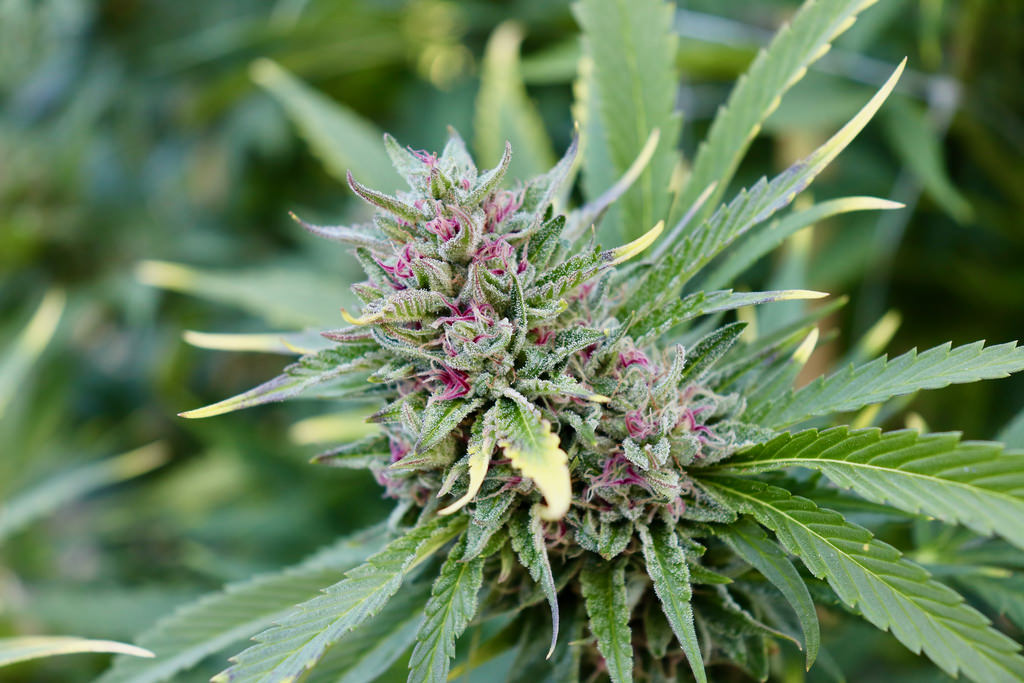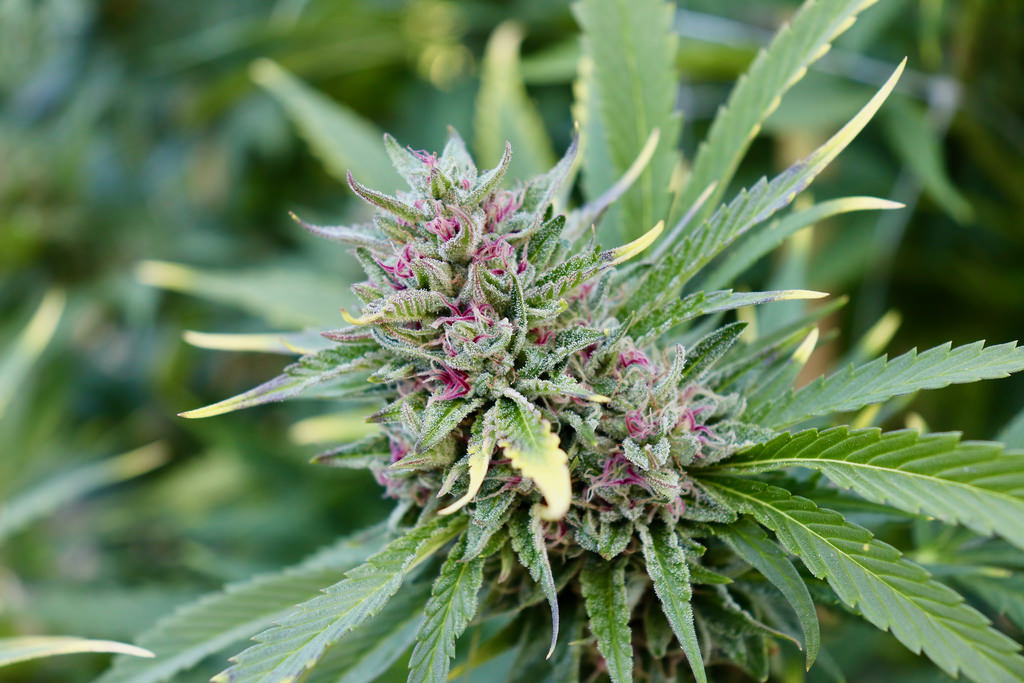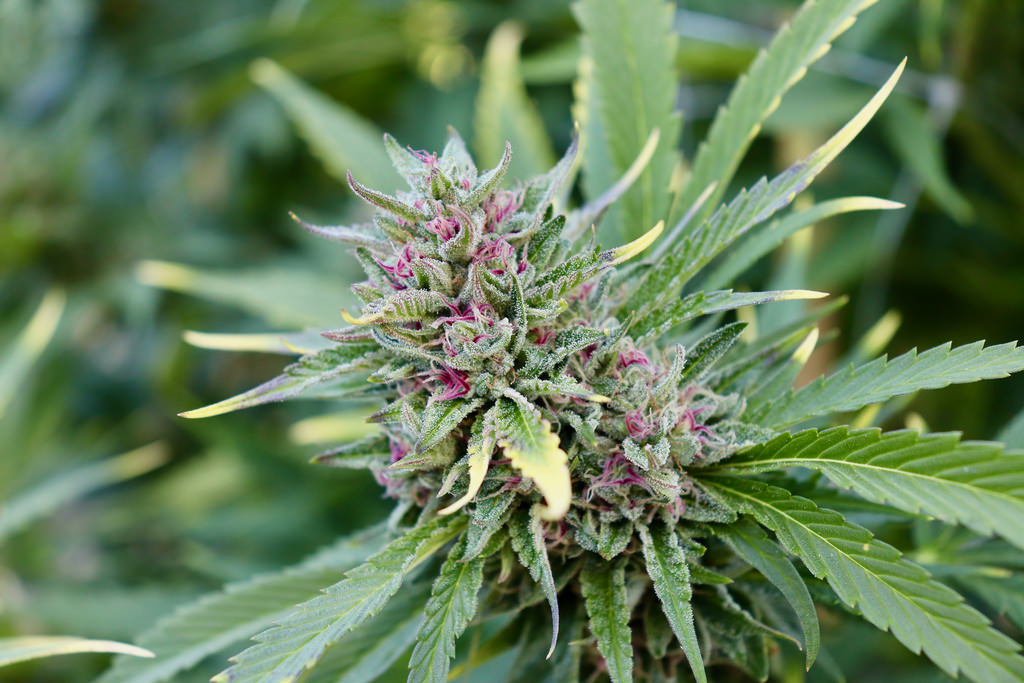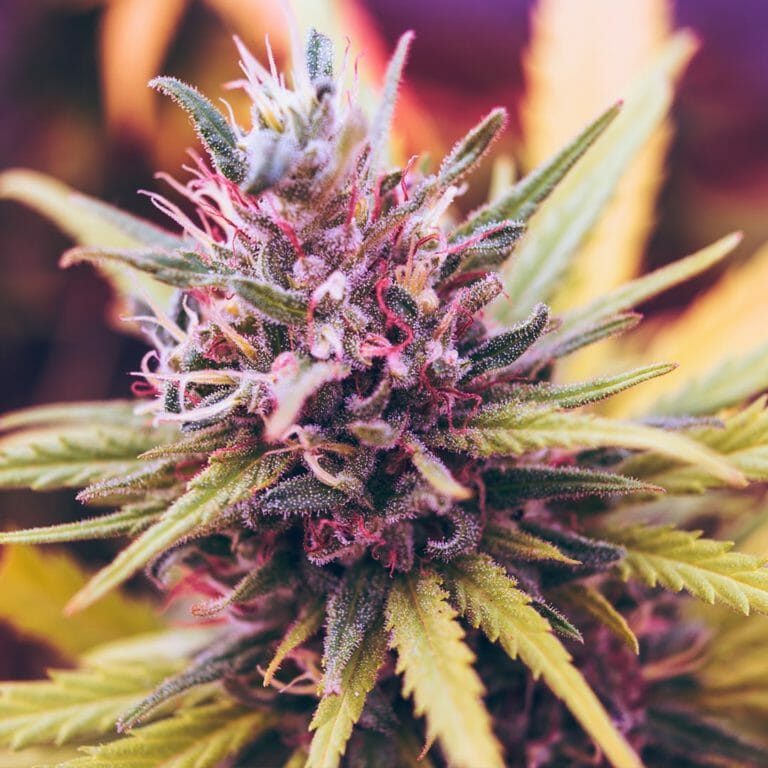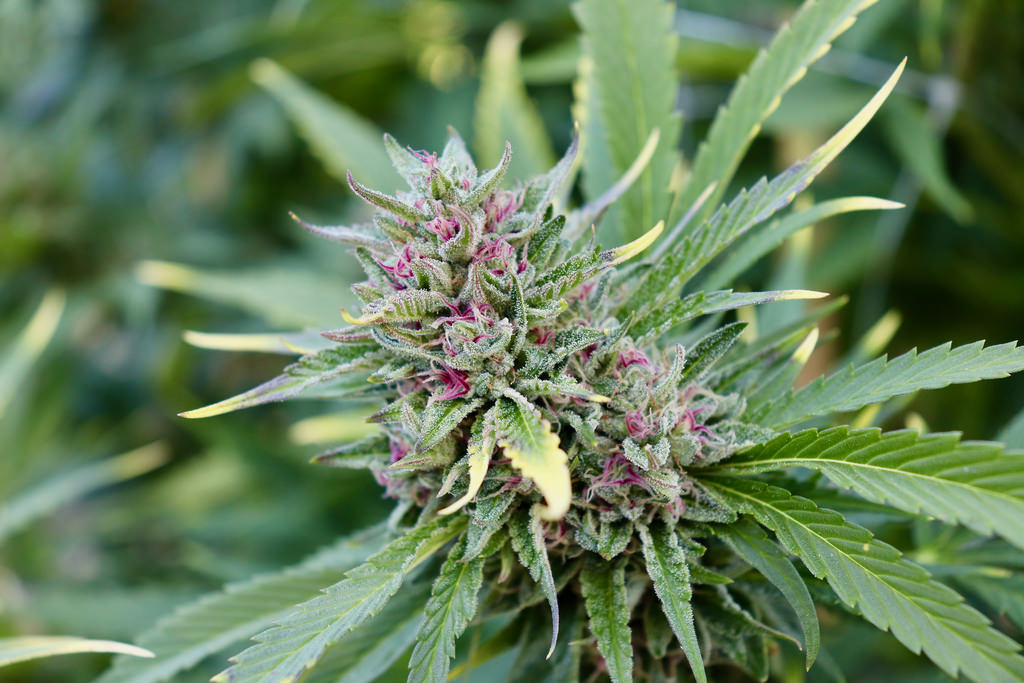Understanding Cannabis Products in the UK .
Understanding Cannabis Products in the UK
Cannabis products have become increasingly popular for both medicinal and recreational use, but understanding the different types and their effects can be confusing. This guide will help clarify the various cannabis products available, their uses, and how they differ in terms of consumption and effects.
-
What is Cannabis?
Cannabis is a plant that contains over 100 different compounds, known as cannabinoids, which interact with the body’s endocannabinoid system. The two most well-known cannabinoids are THC (tetrahydrocannabinol) and CBD (cannabidiol). THC is the psychoactive compound responsible for the “high,” while CBD is non-psychoactive and often used for its therapeutic benefits.
-
Types of Cannabis Products
A. Flower (Bud)
Description: The raw flower of the cannabis plant, typically smoked or vaporized.
Uses: Smoking or vaping cannabis flower is one of the most common ways to consume cannabis. It provides immediate effects, making it popular for those seeking fast relief from pain or anxiety.
THC/CBD Content: Varies significantly depending on the strain. Sativa strains are more uplifting, while Indica strains tend to be more relaxing.
B. Cannabis Oil
Description: Cannabis oil is extracted from the plant, often containing both THC and CBD, but the ratio can vary. It can be consumed orally or applied topically.
Uses: Cannabis oils are commonly used for medicinal purposes. They are available in various concentrations, and the effects can last longer than smoking or vaping. They are popular for managing chronic pain, inflammation, and anxiety.
THC/CBD Content: Varies. Some oils may be high in THC for a psychoactive effect, while others are predominantly CBD for medicinal benefits.
C. Edibles
Description: Cannabis-infused food and drink products, such as gummies, chocolates, beverages, or baked goods.
Uses: Edibles are a discreet and long-lasting way to consume cannabis. They are especially popular among those seeking relief without inhaling smoke or vapor.
THC/CBD Content: Typically, edibles contain THC for its psychoactive effects, but CBD-infused edibles are also available. The effects can take longer to set in but last much longer.
Understanding Cannabis Products in the UK
D. Tinctures
Description: Alcohol or oil-based cannabis extracts that are taken sublingually (under the tongue).
Uses: Tinctures offer a fast-acting, easy-to-dose form of cannabis.
E. Topicals
Since they don’t enter the bloodstream, they don’t produce a “high.”
THC/CBD Content: Often CBD-dominant for pain and inflammation relief, but some products may also contain THC for enhanced effects.
F. Capsules and Softgels
Uses: Capsules provide a discreet and consistent method for consuming cannabis.
THC/CBD Content: Capsules come in varying strengths and may contain both THC and CBD or be predominantly one cannabinoid.
G. Vapes (Vape Pens)
Uses: Vaping is a popular method for those who want to avoid the harmful effects of smoking. It provides quick relief and a more potent effect compared to other methods.
THC/CBD Content: Vaping products can vary widely in THC/CBD content, depending on the cartridge or concentrate.
- Common Terms You May Encounter
THC (Tetrahydrocannabinol): The primary psychoactive compound in cannabis. It is responsible for the “high” or euphoric feeling.
CBD (Cannabidiol): A non-psychoactive compound with numerous medicinal benefits, including pain relief, anxiety reduction, and anti-inflammatory effects.
Full-Spectrum: Cannabis products that contain a wide range of cannabinoids and terpenes, which may work synergistically for enhanced effects.
Broad-Spectrum: Similar to full-spectrum but without THC, providing therapeutic benefits without the psychoactive effects.
Isolate: A pure form of a single cannabinoid, such as CBD isolate, with no other cannabinoids or terpenes.
- How to Choose the Right Cannabis Product
When choosing a cannabis product, it’s essential to consider the following factors:
Desired Effect: Do you want pain relief, anxiety reduction, improved sleep, or a recreational high? The type of cannabis product and the THC/CBD ratio will influence the outcome.
Method of Consumption: Different methods (smoking, vaping, edibles, tinctures, topicals) offer different onset times and durations of effect. For example, smoking or vaping provides quick relief, while edibles have a delayed onset but longer-lasting effects.
Legal Status: Ensure that the cannabis product you choose is legal in your area and complies with local regulations.
Health Considerations: If you are using cannabis for medical purposes, it’s crucial to consult with a healthcare professional to find the right dosage and form for your needs.
Understanding Cannabis Products in the UK
- The Benefits of Cannabis Products
Cannabis products can provide a variety of health benefits, including:
Pain management: Both THC and CBD can help reduce chronic pain.
Reducing inflammation: CBD is particularly known for its anti-inflammatory properties.
Improving sleep: THC can promote relaxation and help with insomnia.
Anxiety and stress relief: CBD is widely used for its calming effects, helping to manage stress and anxiety.
Appetite stimulation: THC can help increase appetite, which can be useful for individuals undergoing chemotherapy or dealing with eating disorders.
- Risks and Side Effects
While cannabis products can offer numerous benefits, they also come with some risks and side effects:
Psychoactive effects: High doses of THC can lead to paranoia, dizziness, or impaired cognitive function.
Legal issues: In some areas, cannabis use is still illegal or tightly regulated.
Health risks: Smoking cannabis can harm the lungs, while vaping has also been associated with lung injuries in some cases.
Drug interactions: Cannabis can interact with other medications, so it’s important to consult a healthcare provider if you’re using cannabis alongside other treatments.
Understanding Cannabis Products in the UK

